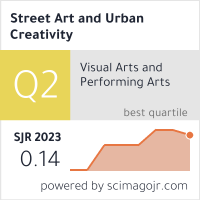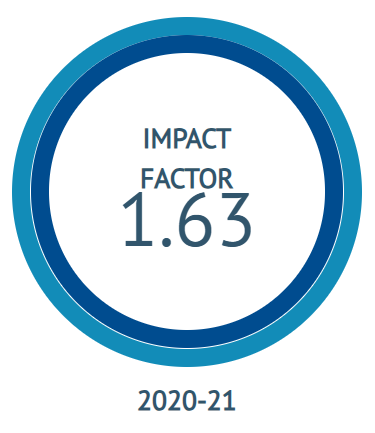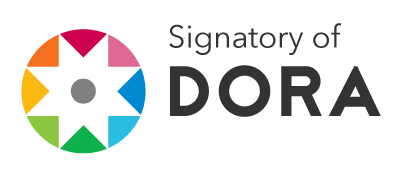Editorial
DOI:
https://doi.org/10.25765/sauc.v6i2.336Resumen
We place here in discussion the maturity of the academic and pedagogical field that graffiti, urban and street art, urban creativity constitute. It’s in fact identified a consistency of knowledge and structure of thought in the several disciplinary areas. As we are convinced that this trend will continue in multiple forms including experimental ones bridging theory and practice, here’s the result of the invite for participation in this reflection. Here is also combined the conference outcomes. There were two main results to achieve during the dialogues of the 2020 online conference. One was to observe the maturity of the academic and pedagogical field that graffiti, urban and street art, well, urban creativity in general have. On the 2020 conference was in fact proven that the consistency of knowledge and structure of thought in the several disciplinary areas regarding the urban creativity topics, are giving way to multiple approaches to classes integrated in master courses, informing the teaching of art historians, the work of designers, and research of cognitive scientists and educators. It was evident that this trend will continue in multiple forms including experimental ones bridging theory and practice, sometimes inverting the role of researchers and authors, but always enlarging audiences, practitioners and studious. The second main result was to observe how the relation evolved between UX and Urban Creativity topics, and the result was fantastic.
This observations originated one article that will be published on the UXUC Journal. Urban Creativity User Experience Online Conference 9, 10 and 11 July 2020, 31 presenters 99, participants per day average (full capacity). Closing panel with Henry Chalfant, Jim Prigoff, Susan Farell and John Fekner. With contributions from Australia, France, Italy, Greece, Belgium, Austria, USA, Netherlands, Sweden, Norway, England, Spain, Japan, China, Russia and Portugal.
Descargas
Estadísticas globales ℹ️
|
154
Visualizaciones
|
37
Descargas
|
|
191
Total
|
|
Descargas
Publicado
Cómo citar
Número
Sección
Licencia
Los autores/as que publiquen en esta revista aceptan las siguientes condiciones:
- Los autores/as conservan los derechos de autor.
- Los autores/as ceden a la revista el derecho de la primera publicación. La revista también posee los derechos de edición.
- Todos los contenidos publicados se regulan mediante una Licencia Atribución/Reconocimiento-SinDerivados 4.0 Internacional. Acceda a la versión informativa y texto legal de la licencia. En virtud de ello, se permite a terceros utilizar lo publicado siempre que mencionen la autoría del trabajo y a la primera publicación en esta revista. Si transforma el material, no podrá distribuir el trabajo modificado.
- Los autores/as pueden realizar otros acuerdos contractuales independientes y adicionales para la distribución no exclusiva de la versión del artículo publicado en esta revista (p. ej., incluirlo en un repositorio institucional o publicarlo en un libro) siempre que indiquen claramente que el trabajo se publicó por primera vez en esta revista.
- Se permite y recomienda a los autores/as a publicar su trabajo en Internet (por ejemplo en páginas institucionales o personales), una vez publicado en la revista y citando a la misma ya que puede conducir a intercambios productivos y a una mayor y más rápida difusión del trabajo publicado (vea The Effect of Open Access).













